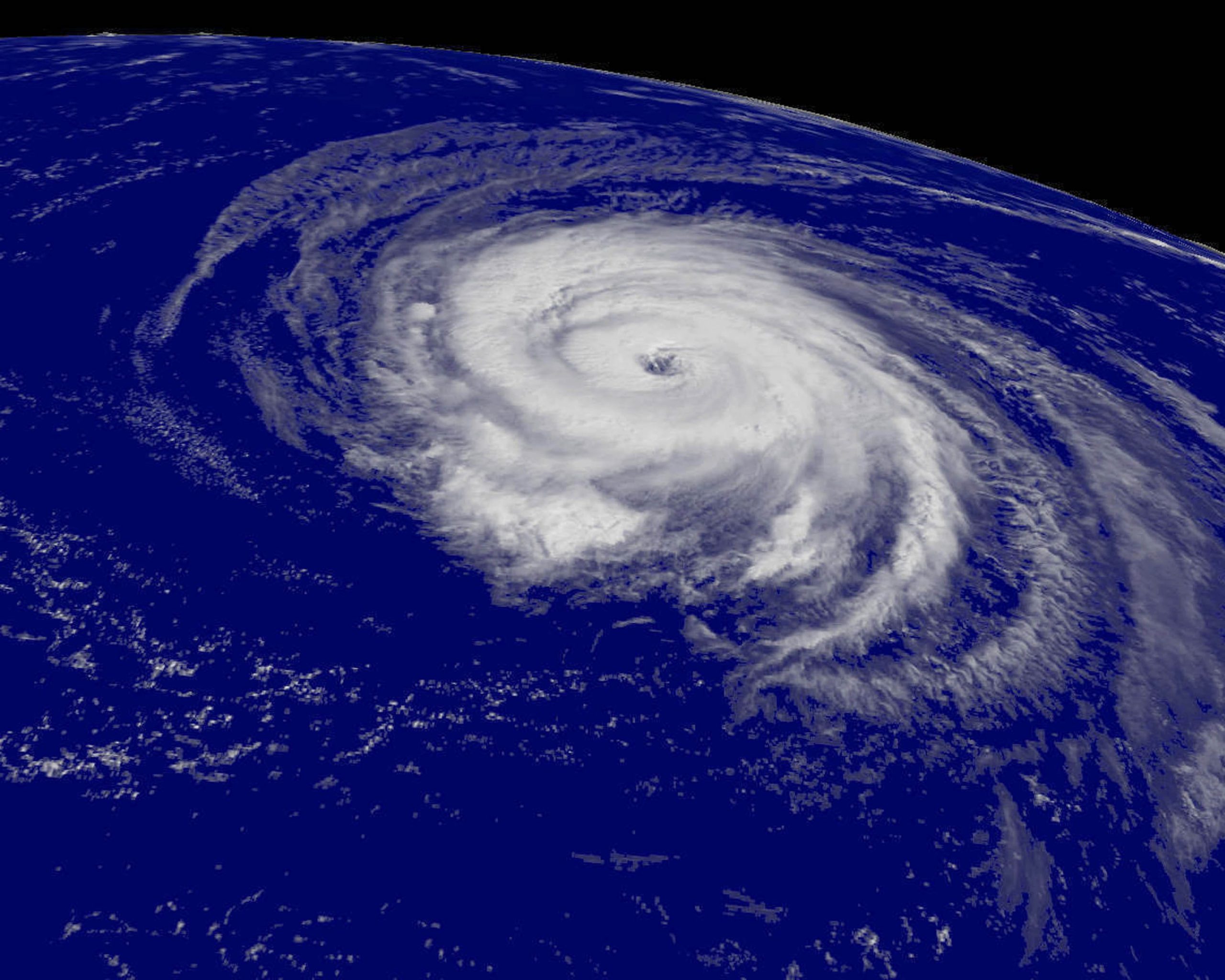- In total, the National Oceanic and Atmospheric Administration said 13 to 20 named storms will develop.
- Forecasts include storms in the Atlantic, Caribbean and Gulf of Mexico.
- The season starts on June 1st and lasts until November 30th.
The federal government expects another active hurricane season in the Atlantic in 2021 with six to ten hurricanes, forecasters said on Thursday.
The season starts on June 1st and lasts until November 30th. An average season typically produces seven hurricanes and peaks in August and September. If the predictions are correct, this will be the sixth year in a row a record year of above-average activity.
In total, the National Oceanic and Atmospheric Administration said 13 to 20 named storms will develop. This number includes tropical storms that include wind speeds of 39 miles per hour or higher. Storms turn into hurricanes when the wind hits 74 miles per hour.
Of the predicted hurricanes, three to five could be severe and have wind speeds of 111 miles per hour or more.
“Anticipated warmer sea surface temperatures than average in the tropical Atlantic and Caribbean, weaker tropical Atlantic trade winds and increased West African monsoons are likely to affect overall activity this year,” said Matthew Rosencrans, senior seasonal hurricane forecaster at NOAA’s Climate Prediction Center.
El Niño Southern Oscillation (ENSO) conditions are in neutral and La Niña could return later in hurricane season. “ENSO-neutral and La Niña support the conditions associated with the continued era of high activity,” said Rosencrans.
El Niño, a natural warming of seawater in the tropical Pacific, tends to suppress hurricane activity in the Atlantic. On the contrary, La Niña, a cooling of the same water, usually increases the number of hurricanes in the Atlantic.
Forecasts include storms in the Atlantic, Caribbean and Gulf of Mexico.
Last year, NOAA forecast that 13 to 19 named tropical storms would emerge, of which six to 10 would be hurricanes. A total of 30 named storms formed, including 14 hurricanes, seven of which were major hurricanes.
Last season: The hurricane season ‘Crazy’ 2020 corresponds to the activity of 2005, but not the storm intensity
NOAA’s forecast follows several this spring, which also called for a more active hurricane season.
Last month, Colorado State University meteorologists predicted 17 tropical storms would form, eight of which would become hurricanes. In the 1980s, Colorado State University meteorologist William Gray was the first scientist to make seasonal hurricane forecasts.
The Weather Channel and AccuWeather also predicted a busier than usual hurricane season.
Forecasters released their forecast for the East Pacific Basin, where 12 to 18 named storms are expected. An average hurricane season in the Eastern Pacific creates 15 named storms.
Storms and hurricanes in the Eastern Pacific remain mostly at sea and rarely affect the US mainland, although some storms hit the west coast of Mexico. Residual moisture from the storms can throw heavy rain on the American Southwest and lead to flooding.
A look at the last year: The record breaking hurricane season 2020 in the Atlantic is officially coming to an end
